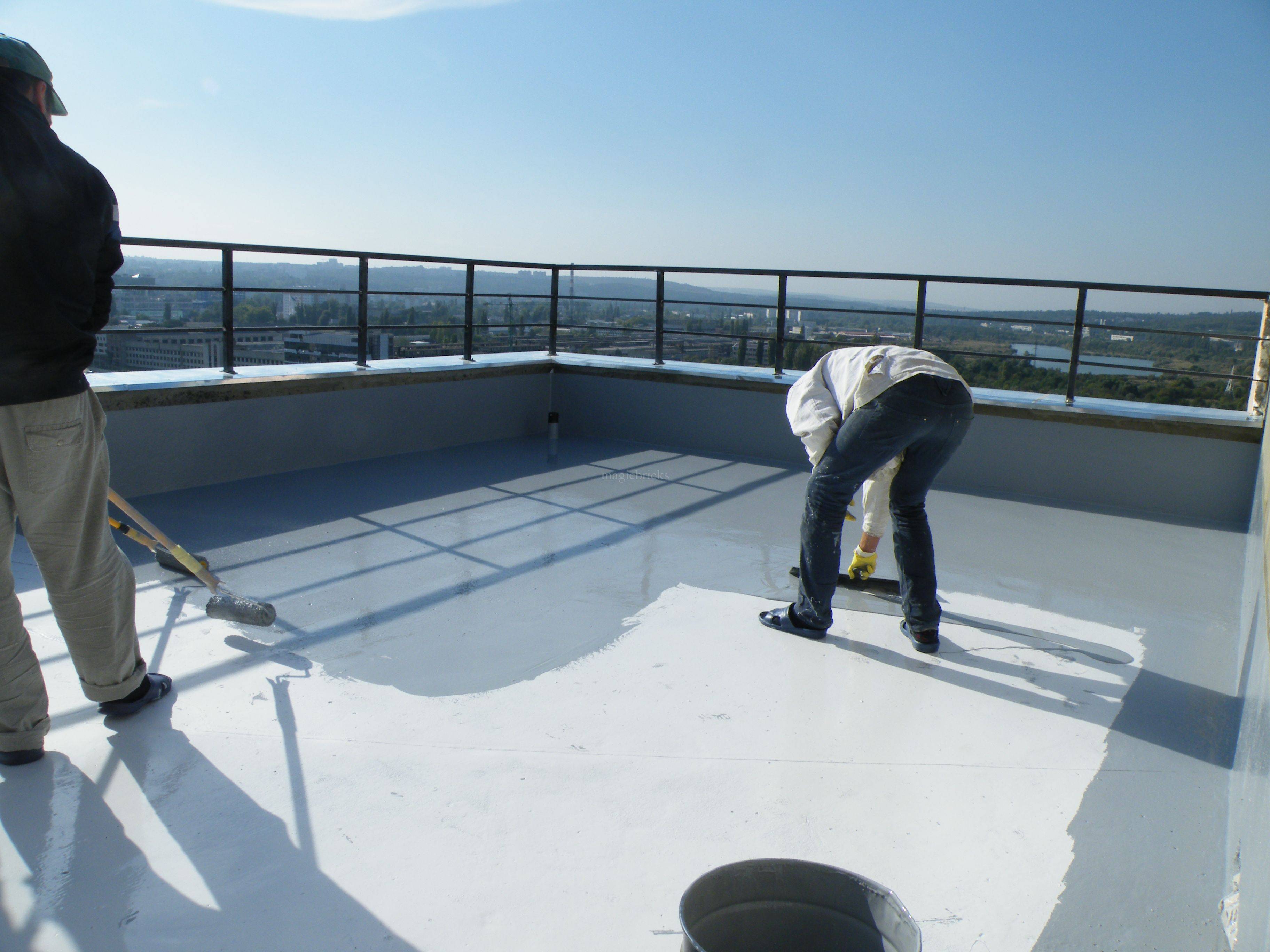As you begin new construction, one often thinks about the aesthetic appeal and structural integrity of the building. However, overlooking waterproofing can lead to serious consequences that may not become apparent until later on. Proper waterproofing is critical for every home and business building because it safeguards from water damage, which can compromise your investment, lead to costly repairs, and create an unwholesome living environment.
Understanding the different facets of waterproofing is vital for homeowners and builders alike. Starting with selecting the right waterproofing products to deciding whether to take a DIY approach or hire experts, having a strong understanding of waterproofing strategies can prevent significant losses in potential repairs. This guide will delve into all you should understand about waterproofing, including its importance, the signs that indicate your property may need attention, and the best techniques to ensure your new construction remains dry and protected for years to come.
Understanding the Significance of Moisture Protection
Waterproofing is a essential aspect of any new construction project, shielding structures against the destructive effects of moisture seepage. Water can leak into foundations, walls, and roofs, leading to a series of issues including fungal infestation, structural damage, and expensive repairs. Ensuring proper waterproofing from the outset not only protects the integrity of the building but also improves its longevity and worth over time.
Ignoring the need of moisture protection can lead to serious financial repercussions. The expenses associated with moisture damage repairs can rise quickly, often amounting to a substantial amount of dollars. This makes spending in high-quality waterproofing systems a prudent decision for homeowners and builders alike. Proper waterproofing methods can essentially save money in the end by minimizing the chances of significant repairs and maintenance.
Furthermore, moisture protection plays a vital role in creating a safe living environment. Wet and humid areas are breeding places for mold and mould, which can impact indoor air quality and pose risks to health to inhabitants. By prioritizing waterproofing in new construction, contractors and property owners can create areas that are not only long-lasting but also foster a secure and comfortable atmosphere.
Typical Waterproofing Methods and Solutions
When it comes to effective waterproofing, various techniques can be employed to protect a structure from moisture harm. One common method is the application of waterproofing membranes, which are sheets or liquid coatings which create a shield against moisture. These membranes can be installed to exteriors, foundations, and roofs, providing a uninterrupted layer of protection. Additionally, sheet membranes are frequent in areas prone to heavy water exposure, such as basements and balconies, ensuring that water does not breach vital structural components.
Another effective waterproofing solution is the implementation of drainage systems, such as French drains or sump pumps. These systems channel water away from the foundation, reducing the risk of flooding and water accumulation. Proper drainage is important in maintaining the stability of buildings, particularly in regions with heavy rainfall or poor soil drainage. By using these systems in conjunction with waterproofing membranes, homeowners can substantially reduce water damage risks.
Besides membranes and drainage solutions, the selection of appropriate waterproofing coatings is crucial for areas like bathrooms and kitchens. Waterproof paints and sealants are designed to repel moisture, stopping mold and mildew growth. Moreover, specialized products for tile waterproofing can shield floors and walls from water ingress. Choosing premium waterproofing products ensures durability and effectiveness, thereby protecting your investment and boosting the comfort of your living spaces.
Choosing the Best Approach for Your Home
When assessing waterproofing for your home, it is important to evaluate your particular needs and the features of your home. Each home presents individual challenges, whether it is a cellar prone to water intrusion, a flat roof that collects water, or outdoor structures subjected to the elements. Understanding sump pump installation will help you decide whether interior or exterior waterproofing methods would be more effective. Consulting with a professional can also provide insights tailored to your circumstances, ensuring you make educated decisions.

Another crucial aspect to consider is whether to take the do-it-yourself route or hire professional services. Do-it-yourself waterproofing can be cost-effective, especially for less complex projects or maintenance tasks. However, professional waterproofing services often ensure long-lasting results and apply technical techniques that can significantly reduce the risk of moisture damage. Reviewing the advantages and disadvantages of each option is essential, as the appropriate choice can save you work, possibly thousands in repairs down the line.
Finally, spending in the best waterproofing products available will yield the greatest results. Researching and picking top-grade materials, such as established coatings and sealants, will enhance the efficacy of your waterproofing projects. Look for products designed particularly for your proposed application—be it roofs, bathrooms, or driveways—ensuring they meet regulatory guidelines. By focusing on excellence in your waterproofing strategy, you can create a strong barrier against moisture, preserving your property’s integrity and safeguarding your financial stake.
